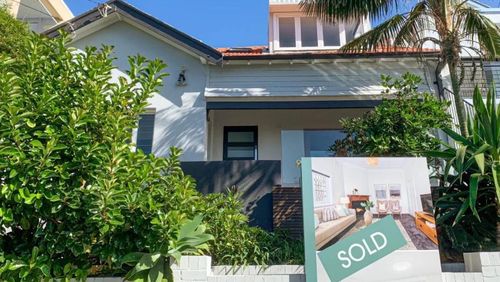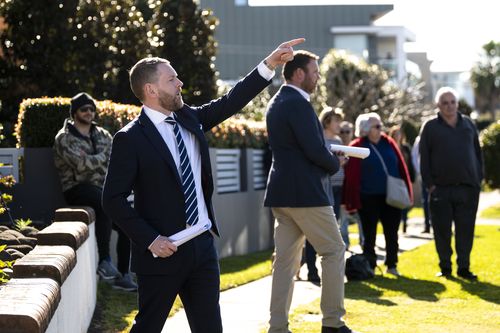A woman was left stunned and annoyed after she ordered several vegan meals on a plane – but was served nothing more than a bottle of water during meal service.
Miriam Porter, a travel blogger who goes by the TikTok handle ‘the kind traveller’, was on an Air Canada flight traveling from Toronto, Canada to Frankfurt, Germany.
In a now viral clip that has amassed almost a million views, Miriam explained she ordered several vegan meals during the more than 10-hour flight, but was left hungry after claiming to be served nothing but water.
“POV: You are on an Air Canada flight for over ten hours and order vegan meals,” her post begins.
She then shares footage from the flight showing her first ‘meal’ being a bottle of water.
For “meal 2” she showed a napkin with nothing on it.
Stream the news you want, when you want with Flash. 25+ news channels in 1 place. New to Flash? Try 1 month free. Offer ends October 31, 2022 >
Miriam was eventually given some food – though not part of the proper meal service.
Instead, a flight attendant nabbed a makeshift meal for her from business class.
“Shout out to the kind flight attendant that got me fruit & dinner rolls from business class,” she captioned the clip.
“I love fruit but also like entire meals!” she pointedly added.
Air Canada has a selection of ‘special meals’ that passengers can order in advance. It varies from vegetarian to diabetic, kosher and vegan meal options.
“Special meals are available in all classes of service on all flights where a meal service is offered (except on flights offering Air Canada Bistro service),” its site states.
“We won’t be able to guarantee that your special meal request can be accommodated if it’s submitted less than 24 hours before the first flight in your itinerary.”
However, Miriam said her order was placed “well in advance and confirmed (many times)”.
“This has happened many times sadly. I always preorder in advance and bring my own food in case. But this time it was impossible,” she said.
Her clip has attracted hundreds of comments from users who asked why she just didn’t bring her own food this time.
“I always bring my own food in case but I was on a 24-hour delay and couldn’t make food to bring,” she explained.
Air Canada states: “You may bring your own snacks and food on board, or purchase meals and beverages at the airport before your flight – just make sure to purchase beverages after you’ve passed through security and take into consideration any limitations on bringing food through US pre-clearance when traveling to the US.”
Miriam described the situation as “annoying”.
“Especially since it was day two of trying to get home with little food. But I’m back so a happy ending,” she said.
Miriam added that it took her two days to get home from Berlin.
Her clip prompted others to share their horror food stories, with one woman saying she was served a “small bun with three slices of zucchini” during a long-haul flight.
Another said they were served “lettuce with six cold mushrooms on top” during their flight.
One woman said she was given “chicken on my vegan pre-booked menu”.
Others said they often had to fill up on the bread rolls and snacks such as pretzels and hummus.
News.com.au has contacted Air Canada for comment.
.













